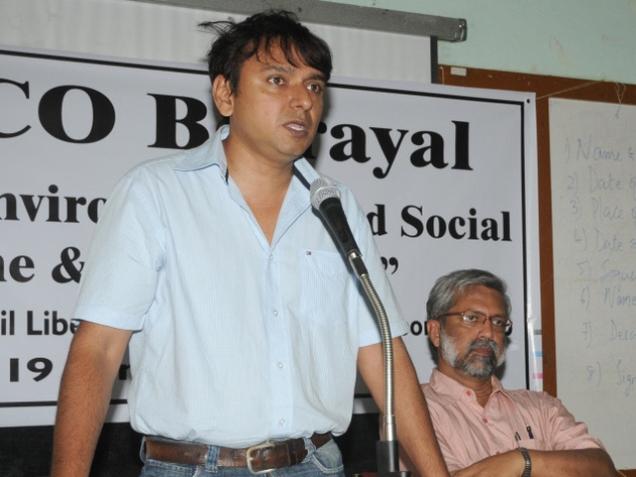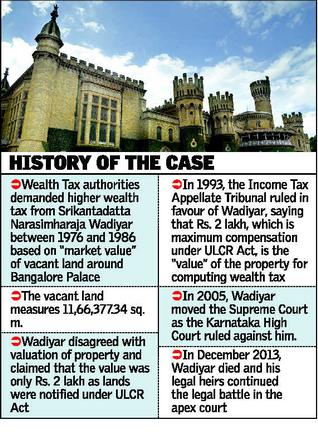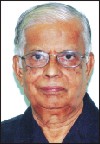By KRS Murthy
In the passing away of Padma Shri Samuel Paul, India has lost a quiet and unassuming leader and builder of institutions. Throughout his professional career as a teacher, researcher and institution builder, he searched for ways to make the world socially and economically more just, and worked actively for a better and cleaner public life.
My wife Nirmala and I first met Paul, then director of IIM-Ahmedabad, in 1973, when he was visiting Harvard Business School in Harvard University , where we were both doing our doctoral studies. Paul had come to recruit faculty . After we joined IIMA, we had an opportunity to see Paul in action.Although some considered him quiet and reserved, we could see beneath the exterior a caring and affectionate person. His style was one of informing and involving all stakeholders -students, faculty, industry, board and society.
Paul later went to the US where he worked with Kennedy School of Government in Harvard University and the World Bank. He continued to focus on disparities in social and economic development and the role of public policy and governance in bridging them. It might have been during that period that he began to recognize the need for active involvement of citizens in governance and delivery of public services.
I moved to Bengaluru as director, IIMBangalore, in 1991. Paul’s decision, around that time, to settle in Bengaluru, gave us another opportunity to work closely with him. Paul, I think, felt as sured involving colleagues and alumni of IIMA in his missionary work. I think he expected IIMA competence and profes sional and decent behavior in any role. In addition to others, he involved me, and PP Madappa, another distinguished alumnus of IIMA, in his early experiment with the idea of a Citizen’s Report Card (CRC) on public services. The idea was to get a sys tematic feedback of citizens on the quality of public services such as water and electricity , into policy-making and imple mentation of decisions at higher levels.
The experiment was a great success and senior civil ser vants involved Paul in finding out how CRC could help. The ex periment brought national and international attention to Ben galuru, with the Indian govern ment, World Bank and the Asian Development Bank tak ing note of it as a useful innovation in pub lic governance. Paul proceeded to set up the Public Affairs Centre, a non-profit society committed to improving public account ability and good governance. One of the earliest to recognize the impact that the cancer of corruption would have on public life, he held a seminar with leading think ers to find ways in which it can be curbed.
He published several books on corruption and on holding the state to account.
Paul continued his professional com mitment till the very end of his life. He is no more with us, but his concern for better public governance, which he lived through his quiet and exemplary profes sional life, will continue to inspire us.
(The writer was a close associate of Samuel Paul and also former chairman of ISEC, Bengaluru)
source: http://www.timesofindia.indiatimes.com / The Times of India / News Home> City> Bengaluru / TNN / October 29th, 2015







